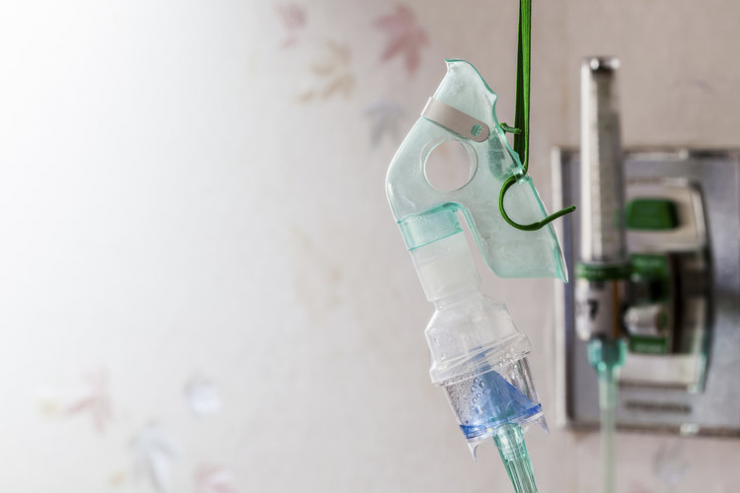Inogen (NASDAQ:INGN) is continuing to convert patients with lung disease from bulky oxygen tanks that need to be refilled every two weeks to its lightweight, portable oxygen concentrator (POC) that continuously extracts oxygen from the air in the atmosphere and can be carried over the shoulder.
“With POCs, patients can breathe easy while maintaining their freedom and independence,” Alison Bauerlein, a co-founder and CFO, says in an interview with BioTuesdays.com. “Baby boomers do not expect to have limitations placed on their lifestyle.”
In addition, Ms. Bauerlein points out that studies have shown that using oxygen 24/7 along with ambulation, can double survival and result in 60% fewer hospital days. “A one-day hospital visit can cost more than one year of oxygen therapy,” she notes.
Inogen, the leader in POCs, which address oxygen patients who are ambulatory, saw its rental patient population increase to about 30,000 at end of the first quarter of 2015, reflecting growth of 30% over the first quarter of 2014.
Adjusted EBITDA in the latest quarter was $6.4-million, up 46.7%, on revenue of $33.8-million, up 42.8%, from the first quarter in 2014.
Ms. Bauerlein says first quarter results reflect strong demand for POCs, especially in the company’s U.S. and international business-to-business sales channels, where revenue jumped 70.7% and 88.9%, respectively.
The company’s main POCs are the Inogen One G3 and Inogen One G2. The G3 weighs 4.8 pounds with a single battery or 5.8 pounds with a double battery, with up to nine hours of battery run time.
The G3’s oxygen capacity is suitable for 70% to 80% of the patient population and together, both products can cover 95% of ambulatory patients on oxygen therapy. The devices are FAA approved and suitable for overnight use.
There are approximately 4.5 million oxygen patients worldwide, of which 2.5 million to three million are in the U.S., representing a domestic market opportunity of $3-billion to $4-billion a year.
Inogen figures the oxygen patient population will grow an estimated 7% to 10% a year between 2013 and 2019, fueled by an increasing emphasis on earlier diagnosis of respiratory disease.
“An estimated 50% of chronic obstructive pulmonary disease patients are currently undiagnosed and a portion of those patients will eventually need oxygen therapy,” Ms. Bauerlein predicts.
She says POCs have penetrated only about 6% of the U.S. long-term oxygen therapy market, but are the fastest growing segment in the industry. “There is a huge potential for us to convert the market to POCs from oxygen tanks.”
Last October, Inogen launched its first stationary oxygen concentrator, the Inogen At Home, to target non-ambulatory or stationary patients, which represent 35% of the oxygen therapy market.
Ms. Bauerlein says the company plans to launch the Inogen One G4 in the first half of 2016, which “aligns with our strategy to stay at the forefront of patient preference.” The Inogen One G4 will be smaller, lighter and less expensive to manufacture, she adds.
The company also plans to upgrade its Inogen One G3 POC by the end of this year to increase its oxygen flow rate to service more patients.
Inogen has provided revenue guidance of $133-million to $137-million for 2015, with adjusted EBITDA of $27-million to $30-million. Adjusted EBITDA in 2014 was $24-million on revenue of $112.5-million.
Ms. Bauerlein says the company has multiple avenues to drive future growth, including expansion of its direct-to-consumer network, increasing B2B distribution domestically and internationally, growth in physician referrals, new private payer contracts, in addition to new products.
Inogen has 129 inside sales reps to handle its direct-to-consumer network, five B2B sales reps and12 outside sales reps to drive direct physician referrals. The company distributes its products in the U.S. and 44 countries. Earlier this year, it launched its first private label product in the U.S. to drive B2B business.
“Our strategy is working because we have direct access to the end user and our direct-to-consumer model enables continued innovation,” she adds.







